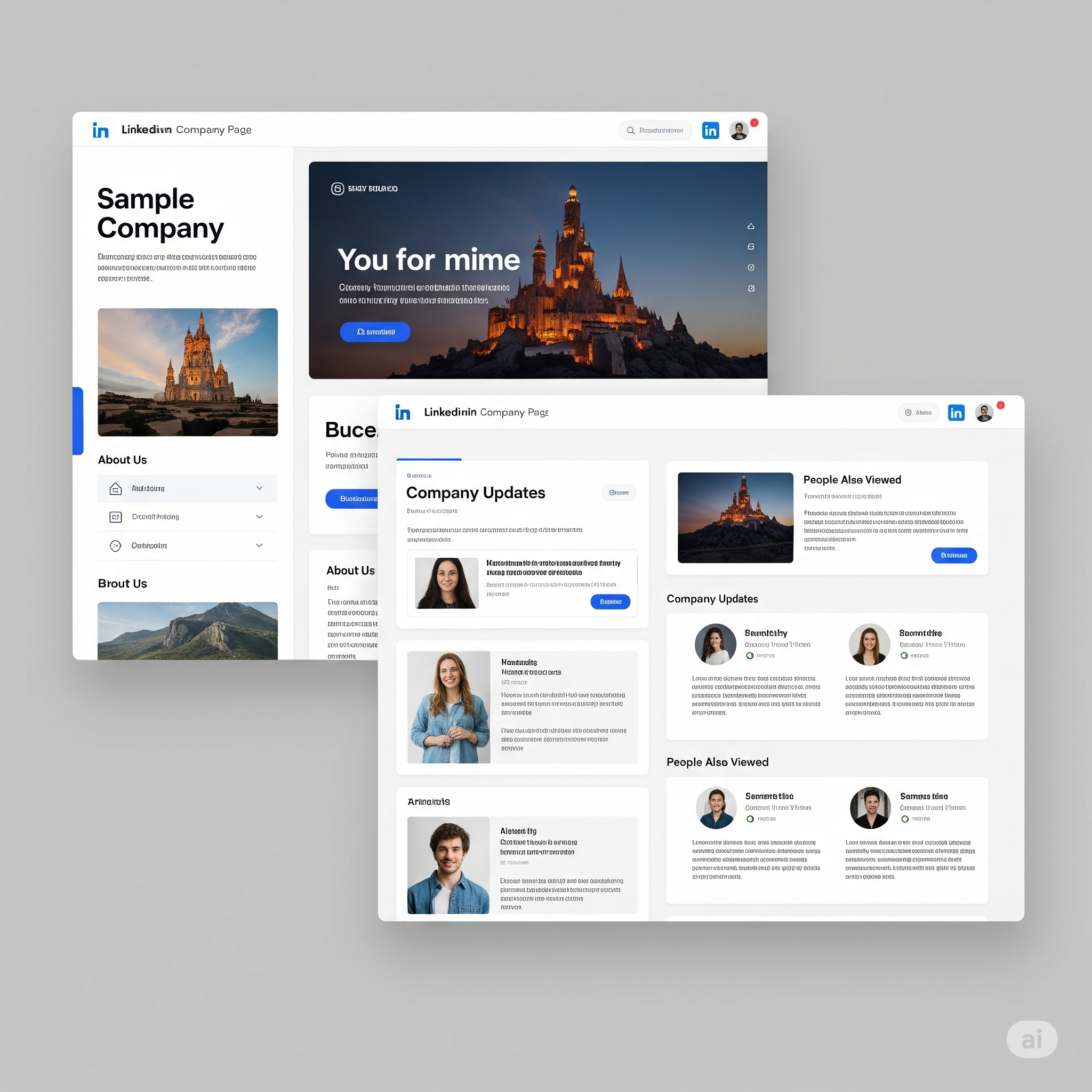
Cold email marketing is arguably one of the easiest channels through which to generate business-to-business (B2B)sales leads. According to Experian, email is 20 times more cost effective than traditional advertising mediums. Assuming that you don't abuse an email address, you can continue to passively and efficiently communciate with your prospects.
But not all email prospects with whom you make contact are going to buy your product or service -- and that's okay. While converting prospects into paying customers is the ultimate goal, a secondary goal is to produce. better qualified sales leads. To learn more about cold emailing strategies for lead generation, keep reading.
Cold Emailing: The Basics
Before we begin, it's important to note that cold emailing is not the same as spam. Many people confuse the two, believing they are the same. However, cold emailing differs in the sense that it involves highly targeted, personalized messages to select recipients. In comparison, spam is a form of mass marketing to a very generic list of prospects that lkely have no need for your products or services.
To ensure your emails aren't perceived as spam, followthe tips listed below:
- Personalize your messages with the recipient's name
- Include a link for recipinets to opt out
- Use relevant -- not deceptive -- subject lines
- Clean up your email lists on a regular basis, removing any unresponsive addresses
- Familiarize yourself with the CAN-SPAM Act of 2003
- Ensure email authentication is enabled
- When an email bounces, analyze your logs to determine the cause of the bounce
The Lead Generation Power of Email
There are dozens of ways for B2B companies to generate leads, some of which include search engine optimization (SEO), social media, pay-per-click (PPC) marketing, cold calling and more. According to a Lead Generation Trends Survey conducted by Ascend2, however, the single most effective online method for generating leads is email marketing. After asking B2B professionals which lead generation method they believe yields the greatest results, Ascend2 found email marketing to be more effective than a website, content marketing, SEO, social media, virtual events and optimization.
Of course, email marketing also delivers a consistantly high return on investment (ROI). Some statistics indicate that it yields up to 4,000% ROI -- far more than you'll find through traditional advertising mediums.
Segment Your Lists
Now that you know a little bit about the benefits of email marketing, you're probably wondering how to get started. First and foremost, you'll need to segment your email list to create multiple "customer profiles." Generally speaking, the tighter your segmented lists, the better. If your list is too large, it's probably generic, in which case prospects are less likely to open, let alone respond, to your cold emails.
Go through your list of prospects and identify information such as their city and state, company for whom they work, industry in which they work, company size, revenue, and whether or not they are a decision maker. After gatheting this information, segment similar prospects together to create more personalized content that will appeal to a specific segment.
Create Your Pitch
Perhaps the most important element of an email marketing campaign is the initial pitch. This will ultimately determine whether or not a prospect continues to read your email. If your pitch is bad, the prospect will likely delete your email, at which point you'll never see or hear from them again. But if your pitch is good, you'll enageg the prospect while encouraging him or her to take action.
When creating your pitch, try to avoid sounding like a robot. According to some studies, the average business user sends and reveives more than 121 emails a day. With so emails hitting their inbox, prospects often ignore messages that they believe are created by robots. To prevent this from happening to your messages, craft highly personalized emails while including only essential information (long emails are less effective).
Automate Followups
Sending dozens or even hundreds of followup emails to prospects is a time consuming and tedious process. Thankfully, it's also unnecessary, assuming you use the right software to automate it. Using Customer Relationship Management (CRM) software, you can create emails in advance and schedule them to send at specific dates and times.
Lead Qualification
Finally, you should qualify the leads you create through cold email marketing. This typically involves calling the leads to see if they are interested in your product or service. Using this information, you can identify which leads are qualified for sales and which ones aren't. Keep in mind, however, that qualified leads may not stay "qualified" forever. So, act fast to conver those leads into paying customers for your company.
Cold email marketing is a cost-effective technique that, when performed correctly, can drive tons of new leads to your B2B company. Just remember to follow the tips listed here to increase your chances of success.
What to learn more? Get in Touch





